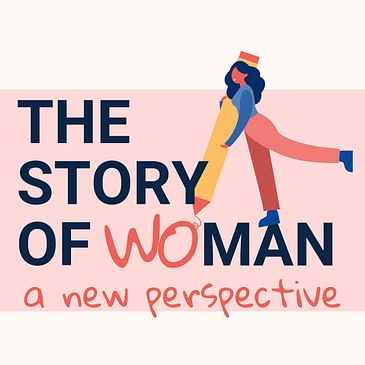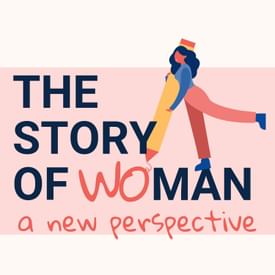You may have heard of the glass ceiling, but have you heard of the glass walls?
In this episode, Amy Diehl and Leanne Dzubinski discuss the pervasive issue of gender bias in the workplace, highlighting the six walls that hinder women's progress. Based on their book, Glass Walls: Shattering the Six Gender Bias Barriers Still Holding Women Back at Work, Amy and Leanne delve into the nuances of each barrier, providing insights, real-life examples, and the impact of gender bias on women's professional journeys, and society as a whole.
The episode also explores the concept of insufficient support, discussing how the lack of communal resources, government support, and societal structures can hinder women's progress in the workplace. Amy and Leanne stress the need for leaders to educate themselves, allies to speak up against bias, and women to build a strong support network. They provide actionable strategies for leaders, allies, and women to contribute to creating more equitable and inclusive organizations.
Some topics we cover include:
- How gender bias manifests in subtle and unseen ways in the workplace
- Terms Amy and Leanne coined, such as "hepeating" and "mantermediary," aiming to make gender bias visible by providing language to discuss these behaviors
- How gender bias extends to societal structures and lack of support
- Ways in which women of color are particularly impacted by gender bias due to multiple marginalized identities
- The term "equalist" as an alternative to "feminist," emphasizing the goal of promoting equal treatment for all individuals
- Actionable strategies for dismantling these barriers for leaders, allies, and women
Transcription is available here
Buy Glass Walls: Shattering the Six Gender Bias Barriers Still Holding Women Back at Work
--
Become a Patron for access to bonus content and to support the podcast, or buy me a (metaphorical) coffee
Follow us: Instagram | Twitter | Facebook | Tik Tok | Youtube | LinkedIn
Subscribe to our newsletter for a weekly dose of all things WOMAN
We need more women’s stories in the world!. If you’ve enjoyed this episode, please share, subscribe, rate and review on Apple, Spotify or wherever you listen to your podcasts
Explore The Story of Woman book recommendations in the US and the UK - purchases support the podcast AND local bookstores 🤩
www.thestoryofwomanpodcast.com
Learn more about your ad choices. Visit megaphone.fm/adchoices




